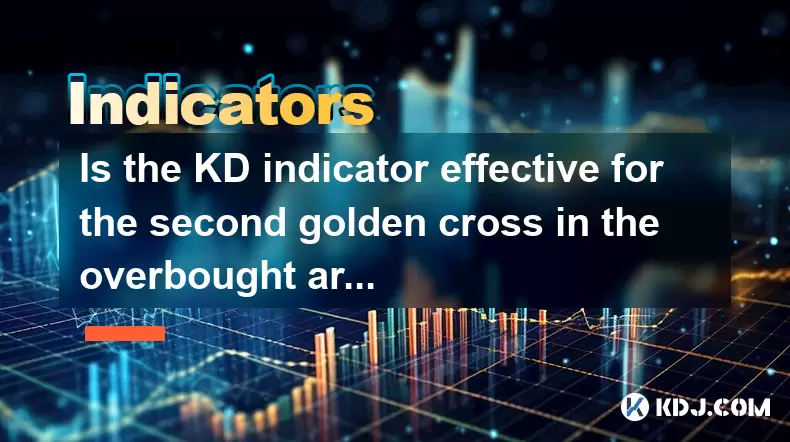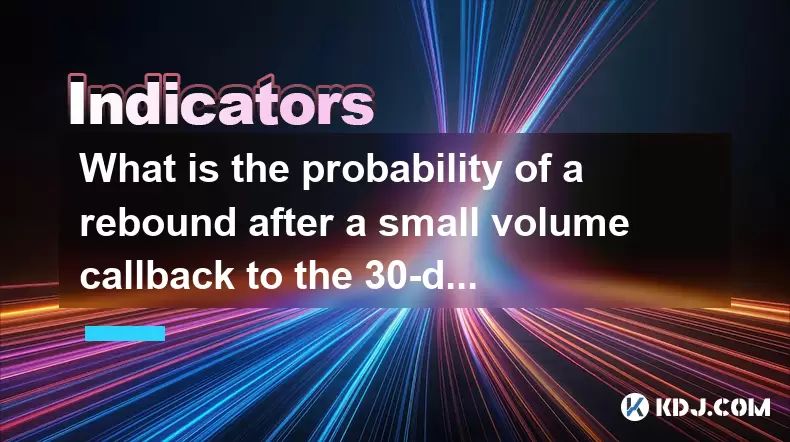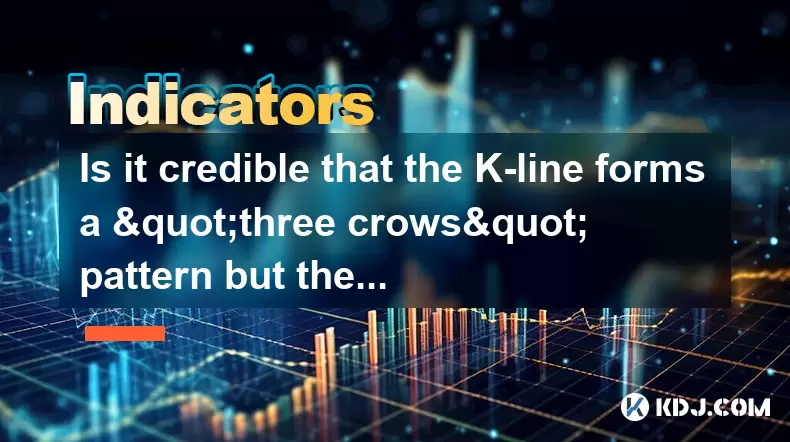-
 Bitcoin
Bitcoin $105,978.7605
5.45% -
 Ethereum
Ethereum $2,423.8735
9.54% -
 Tether USDt
Tether USDt $1.0005
0.02% -
 XRP
XRP $2.1626
9.40% -
 BNB
BNB $641.9746
4.79% -
 Solana
Solana $146.4071
11.93% -
 USDC
USDC $0.9999
0.00% -
 TRON
TRON $0.2735
4.33% -
 Dogecoin
Dogecoin $0.1646
10.74% -
 Cardano
Cardano $0.5839
9.61% -
 Hyperliquid
Hyperliquid $38.4234
8.79% -
 Sui
Sui $2.8430
18.30% -
 Bitcoin Cash
Bitcoin Cash $469.1401
3.03% -
 Chainlink
Chainlink $12.9029
12.83% -
 UNUS SED LEO
UNUS SED LEO $9.1005
0.89% -
 Avalanche
Avalanche $18.1358
11.70% -
 Stellar
Stellar $0.2453
8.78% -
 Toncoin
Toncoin $2.9174
7.94% -
 Shiba Inu
Shiba Inu $0.0...01160
11.29% -
 Litecoin
Litecoin $85.3114
7.70% -
 Hedera
Hedera $0.1512
15.21% -
 Monero
Monero $309.9386
4.88% -
 Ethena USDe
Ethena USDe $1.0007
0.03% -
 Polkadot
Polkadot $3.4098
9.78% -
 Dai
Dai $1.0002
0.02% -
 Bitget Token
Bitget Token $4.1523
4.23% -
 Uniswap
Uniswap $6.8863
11.50% -
 Pepe
Pepe $0.0...09973
13.94% -
 Pi
Pi $0.5363
7.15% -
 Aave
Aave $255.4680
15.65%
Is the KD indicator effective for the second golden cross in the overbought area?
The second golden cross in the overbought zone can signal a potential bullish continuation in crypto trading but requires volume and confirmation for reliability.
Jun 23, 2025 at 10:49 pm

Understanding the KD Indicator and Its Relevance in Cryptocurrency Trading
The KD indicator, also known as the Stochastic Oscillator, is a momentum-based technical analysis tool widely used by cryptocurrency traders. It helps identify overbought or oversold conditions in an asset's price movement. The indicator consists of two lines: %K and %D. When these lines cross, they can signal potential buy or sell opportunities. In the context of crypto trading, where volatility is high and trends change rapidly, understanding how to interpret the second golden cross within the overbought zone becomes crucial.
The Stochastic Oscillator ranges from 0 to 100, with levels above 80 typically considered overbought and below 20 considered oversold.
What Is a Golden Cross in the Context of the KD Indicator?
A golden cross occurs when the %K line crosses above the %D line, signaling a potential bullish reversal. This pattern is especially watched in downtrend scenarios. However, when this happens in the overbought area (above 80), it raises questions about its reliability.
- First golden cross: Often seen as a strong signal for entering long positions.
- Second golden cross: Appears after the initial cross and may indicate a continuation or false signal depending on market conditions.
In cryptocurrencies like Bitcoin or Ethereum, where sudden pump-and-dump cycles are common, interpreting the second golden cross requires careful observation of volume and broader market sentiment.
Why the Overbought Zone Matters in Crypto Markets
Cryptocurrencies often defy traditional technical signals due to their speculative nature. An asset can remain in the overbought zone for extended periods during strong uptrends.
- Overbought doesn’t mean overvalued in crypto; it could signal continued buying pressure.
- False signals increase in overbought regions, especially if volume declines or whale movements distort prices.
When a second golden cross forms in such zones, it might reflect short-term retracements rather than trend reversals. Traders must analyze candlestick patterns and support/resistance levels alongside the KD indicator.
How to Spot and Confirm a Second Golden Cross in Overbought Territory
To effectively assess whether the second golden cross is valid in the overbought area, follow these steps:
- Step 1: Set up the KD indicator on your chart with standard settings (usually 14-period).
- Step 2: Identify the first golden cross occurring just before or during entry into the overbought region.
- Step 3: Wait for the %K line to fall below %D briefly and then rise again to form the second golden cross.
- Step 4: Check if volume supports the move; increasing volume suggests strength.
- Step 5: Look at adjacent indicators like RSI or MACD for confirmation.
If the second golden cross coincides with a bullish candlestick pattern (like hammer or engulfing), it increases the likelihood of a sustained rally.
Common Misinterpretations of the Second Golden Cross in Overbought Zones
Many novice traders treat all golden crosses equally, which can lead to losses in volatile crypto markets.
- Mistake 1: Entering long positions without confirming the trend strength.
- Mistake 2: Ignoring divergences between price action and the KD indicator.
- Mistake 3: Failing to adjust timeframes; a golden cross on a 1-hour chart may not be relevant on a daily chart.
For example, during a parabolic rise in altcoins, multiple golden crosses may appear in overbought areas but end up being followed by sharp corrections.
Backtesting the Effectiveness of the Second Golden Cross in Overbought Conditions
Before applying this strategy live, backtesting is essential.
- Use historical data from platforms like Binance or TradingView.
- Test across different assets such as BTC, ETH, and major altcoins.
- Apply filters like volume spikes, moving averages, or Fibonacci levels to improve accuracy.
You can use tools like Python libraries (e.g., pandas, backtrader) or TradingView’s Pine Script to automate tests. Results will vary based on market cycles and exchange-specific behaviors.
Frequently Asked Questions
Q1: Can the second golden cross still be reliable in overbought territory during a strong uptrend?
Yes, during strong uptrends, especially in bull market phases, the second golden cross can act as a re-entry point. However, it should be supported by rising volume and positive market sentiment.
Q2: Should I avoid using the KD indicator altogether in overbought zones?
No, you shouldn't avoid it. Instead, combine it with other tools like RSI divergence, candlestick patterns, or volume analysis to filter out false signals.
Q3: How do I differentiate between a genuine and false second golden cross?
Look for confluence: check if other indicators align, observe candlestick formations, and ensure that volume is increasing. Also, consider the broader trend on higher timeframes.
Q4: Does the effectiveness of the second golden cross vary between different cryptocurrencies?
Yes, it does. Large-cap coins like Bitcoin tend to have more reliable signals due to higher liquidity and less manipulation compared to small-cap altcoins.
Disclaimer:info@kdj.com
The information provided is not trading advice. kdj.com does not assume any responsibility for any investments made based on the information provided in this article. Cryptocurrencies are highly volatile and it is highly recommended that you invest with caution after thorough research!
If you believe that the content used on this website infringes your copyright, please contact us immediately (info@kdj.com) and we will delete it promptly.
- Circle's Stablecoin Soars: A $62 Billion Power Play
- 2025-06-24 06:25:12
- COIN Act: Curbing Crypto Profiteering by Public Officials – A Necessary Step?
- 2025-06-24 06:25:12
- Bitcoin Scaling Showdown: Lightning Network, Sztorc, and the Future of Payments
- 2025-06-24 04:25:12
- Cathie Wood, ARK Invest, and Circle Shares: A Wild Ride on the Stablecoin Wave
- 2025-06-24 04:25:12
- Ruvi AI: Blockchain Tech Meets Real-World Utility – The Next Big Thing?
- 2025-06-24 05:25:13
- US, Iran, Middle East: Navigating the Geopolitical Minefield
- 2025-06-24 05:05:12
Related knowledge

What does the continuous rise of the ADX line of the DMI indicator in the downward trend indicate?
Jun 24,2025 at 05:00am
Understanding the DMI Indicator and Its ComponentsThe Directional Movement Index (DMI) is a technical analysis tool that helps traders identify the strength and direction of a trend. It consists of two primary components: the +DI (Positive Directional Indicator) and the -DI (Negative Directional Indicator). The ADX line, which stands for Average Directi...

What is the probability of a rebound after a small volume callback to the 30-day moving average to get support?
Jun 24,2025 at 05:08am
Understanding the 30-Day Moving Average in Cryptocurrency TradingIn cryptocurrency trading, the 30-day moving average (MA) is a widely used technical indicator that helps traders identify potential support and resistance levels. It calculates the average closing price of an asset over the last 30 days, smoothing out short-term volatility and providing a...

How to interpret that the time-sharing chart shows "volume and price rise together" but the MACD red column shortens?
Jun 24,2025 at 01:08am
Understanding the Concept of 'Volume and Price Rise Together'In cryptocurrency trading, when a time-sharing chart shows that both volume and price rise together, it is typically interpreted as a sign of strong buying pressure. This means more traders are entering long positions, pushing the price higher while increasing the trading volume. This phenomen...

Is it contradictory that the moving average system is arranged in a bullish pattern but the DMI shows a decline in trend strength?
Jun 23,2025 at 11:43pm
Understanding the Moving Average and DMI RelationshipIn cryptocurrency trading, technical analysis plays a crucial role in identifying potential trends and making informed decisions. Two of the most commonly used indicators are the Moving Average (MA) and the Directional Movement Index (DMI). While both tools aim to provide insight into market direction...

How to interpret that the Williams indicator quickly turns back in the overbought area but does not fall below the 50-axis?
Jun 24,2025 at 02:01am
Understanding the Williams %R Indicator in Cryptocurrency TradingThe Williams %R indicator, often referred to as Williams Percent Range, is a momentum oscillator used by traders to identify overbought or oversold conditions in financial markets, including cryptocurrency. It ranges from 0 to -100, where values above -20 are considered overbought and thos...

Is it credible that the K-line forms a "three crows" pattern but the trading volume decreases?
Jun 24,2025 at 05:56am
Understanding the 'Three Crows' Pattern in Cryptocurrency TradingThe three crows pattern is a well-known bearish reversal signal in technical analysis, often observed when an uptrend transitions into a potential downtrend. This formation consists of three consecutive long red (or bearish) candles with each opening within the body of the previous candle ...

What does the continuous rise of the ADX line of the DMI indicator in the downward trend indicate?
Jun 24,2025 at 05:00am
Understanding the DMI Indicator and Its ComponentsThe Directional Movement Index (DMI) is a technical analysis tool that helps traders identify the strength and direction of a trend. It consists of two primary components: the +DI (Positive Directional Indicator) and the -DI (Negative Directional Indicator). The ADX line, which stands for Average Directi...

What is the probability of a rebound after a small volume callback to the 30-day moving average to get support?
Jun 24,2025 at 05:08am
Understanding the 30-Day Moving Average in Cryptocurrency TradingIn cryptocurrency trading, the 30-day moving average (MA) is a widely used technical indicator that helps traders identify potential support and resistance levels. It calculates the average closing price of an asset over the last 30 days, smoothing out short-term volatility and providing a...

How to interpret that the time-sharing chart shows "volume and price rise together" but the MACD red column shortens?
Jun 24,2025 at 01:08am
Understanding the Concept of 'Volume and Price Rise Together'In cryptocurrency trading, when a time-sharing chart shows that both volume and price rise together, it is typically interpreted as a sign of strong buying pressure. This means more traders are entering long positions, pushing the price higher while increasing the trading volume. This phenomen...

Is it contradictory that the moving average system is arranged in a bullish pattern but the DMI shows a decline in trend strength?
Jun 23,2025 at 11:43pm
Understanding the Moving Average and DMI RelationshipIn cryptocurrency trading, technical analysis plays a crucial role in identifying potential trends and making informed decisions. Two of the most commonly used indicators are the Moving Average (MA) and the Directional Movement Index (DMI). While both tools aim to provide insight into market direction...

How to interpret that the Williams indicator quickly turns back in the overbought area but does not fall below the 50-axis?
Jun 24,2025 at 02:01am
Understanding the Williams %R Indicator in Cryptocurrency TradingThe Williams %R indicator, often referred to as Williams Percent Range, is a momentum oscillator used by traders to identify overbought or oversold conditions in financial markets, including cryptocurrency. It ranges from 0 to -100, where values above -20 are considered overbought and thos...

Is it credible that the K-line forms a "three crows" pattern but the trading volume decreases?
Jun 24,2025 at 05:56am
Understanding the 'Three Crows' Pattern in Cryptocurrency TradingThe three crows pattern is a well-known bearish reversal signal in technical analysis, often observed when an uptrend transitions into a potential downtrend. This formation consists of three consecutive long red (or bearish) candles with each opening within the body of the previous candle ...
See all articles
























































































